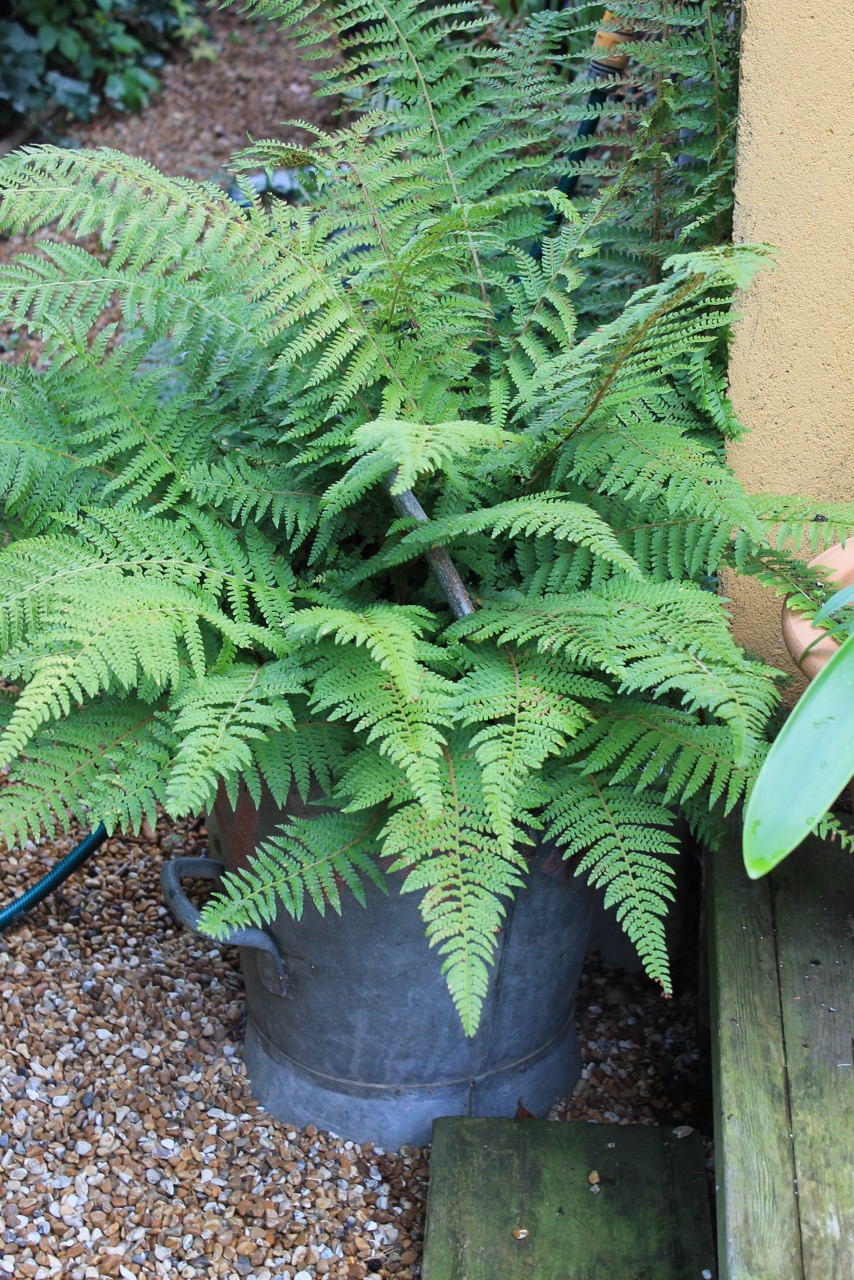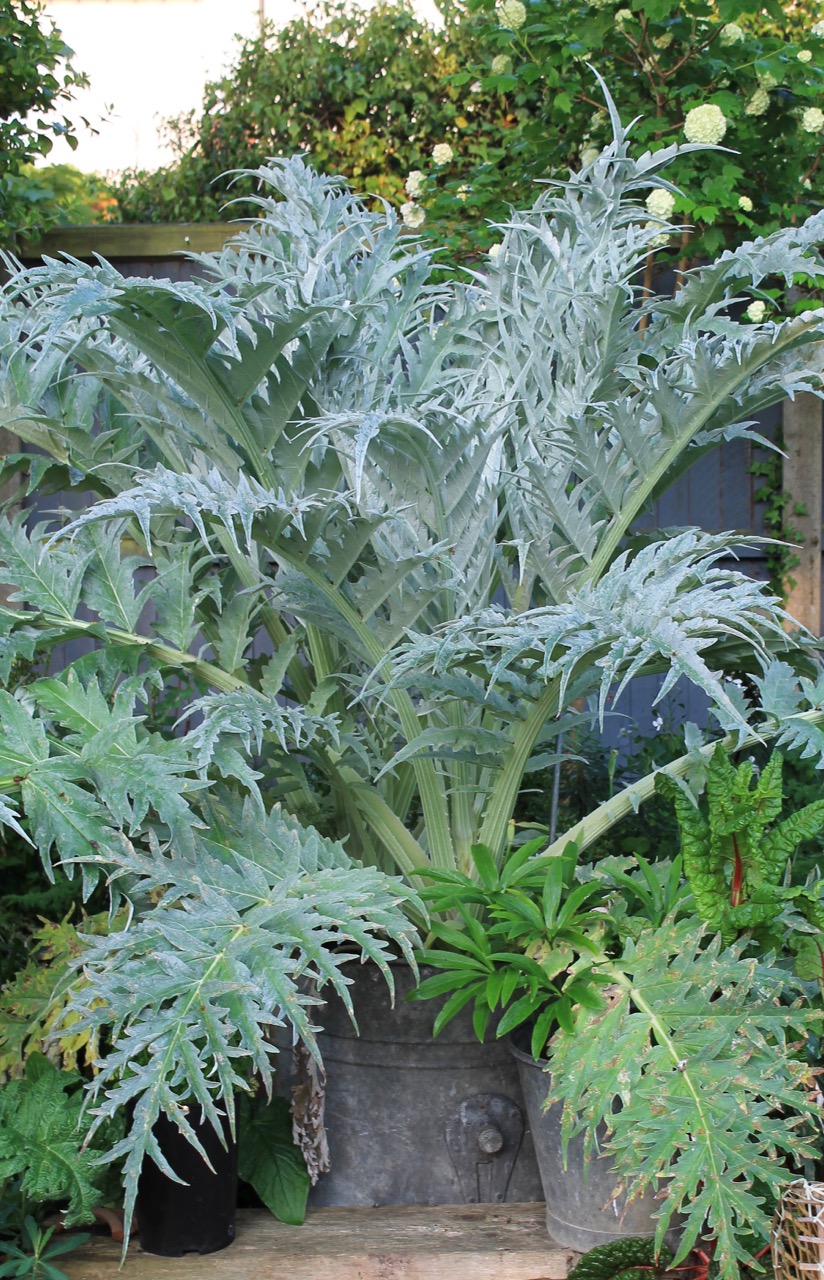High summer, and most garden plants are as high as an elephant’s eye, but there a still a few skyscrapers that are way above the rest. They lunge and lurch over the garden, defying gravity and escaping their confines – memo to self: ask Wendy at Cranbrook Iron for some really serious metal supports next year because this year’s muggy weather and storms have grown them taller than ever.
Way up high is Ferrula communis – the giant fennel, one of six kindly given by Dixter’s Fergus Garrett, only one flowering this year. It seems to take them a few years to build up the energy, and I’m not surprised: three years of fab frothy foliage would be enough, but then with supreme effort a spike shots up in April (see myi nstagram for pics), and gradually unfurls into a forest of dark yellow umbels and then dries to heavy seed. Seedlings spring up in the lawn and beyond, and then die back, only to re-appear bigger the following spring. Despite its name, it’s not edible nor does the leaves or seeds have that redolent smell.
Reappearing hugely every year for the past eight years is my cardoon Cynara cardunculus, in a massive pot. The beautiful serrated grey leaves appear after the plant has flowered and last through the winter, taking heart in spring and then burgeoning into a mass of purple choke thistles. These aren’t edible either, but in France and Italy, the leaf stems are blanched with a collar of newspaper and eaten steamed like celery.
My final friendly giant is a fern that appeared, a passenger in a pot from a friend’s garden in Cornwall. There it has grown for at least 15 years with just it’s own leaves wrapped round in autumn as a mulch. It has seeded itself under the decking, where hundreds of tiny ferns grow in the damp half-light. Both the giant fennel and the cardoon need a massive seaweed feed and shovel loads of compost enriched with my chickens’ droppings every year to keep them in good heart, but all three are easy and showy.



